4 April 2025
One of the most emotive badges in the automotive world, ‘RS’ has graced the bodywork of a number of truly fantastic cars over the years. From blue collar heroes to high-end sportscars, RS models have captured the attention of car fans for decades.
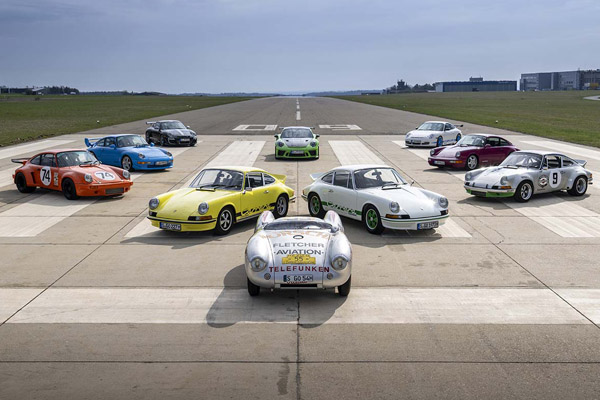
Rallying backgrounds
Looking at the history of something in the car industry is usually fairly simple. Documentation is generally pretty good, and some stories have become famous, further adding to the breadth of knowledge. But RS is tricky to pin down, simply because it means different things to different manufacturers.
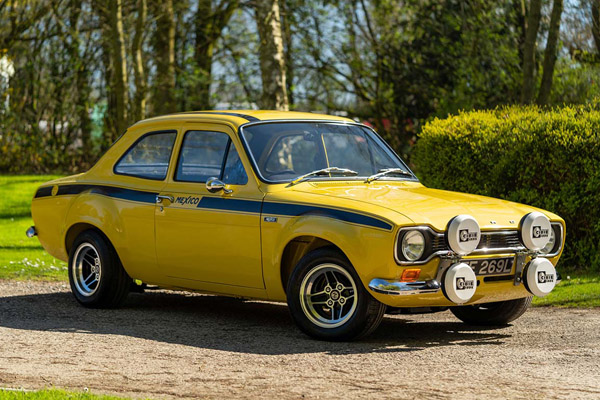
The most common theme tends to be as an abbreviation for Rally Sport, certainly for Ford – which spells it Rallye Sport – and represents the most high-performance version of a model range. From the likes of the Escort RS1600 and Mexico, through the RS Cosworth years, to the Focus RS of today, it’s Ford’s ultra-hot model that sits above ST in the pecking order.
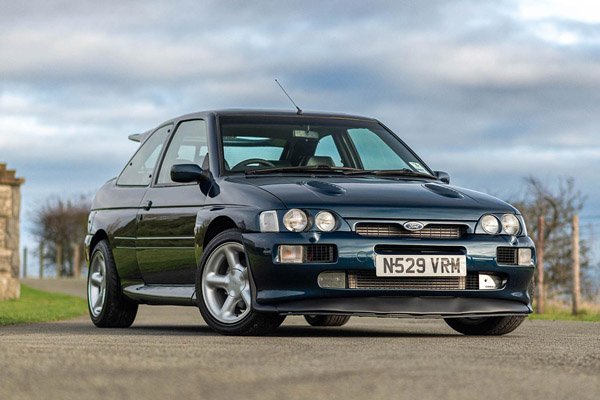
Ford even uses it for its racing cars, with the likes of the RS200 Group B rally car, and the Sierra RS Cosworth dominating multiple racing disciplines for years.
Interestingly, Skoda also likes to use RS, for the same rally inspired reasons. However, because Ford got there earlier, in the UK at least, Skoda had to find something else to use for its performance models. In a slightly cheeky approach, rather than picking a different abbreviation, it added a lower-case ‘v’, creating its vRS line – the ‘v’ standing for ‘victory’.
Racing origins
It’s not just rallying however that lends its name to proceedings; racing is another. In most cases, it’s the German ‘RennSport’ for motor racing that is used, certainly in the case for both Porsche and Audi.
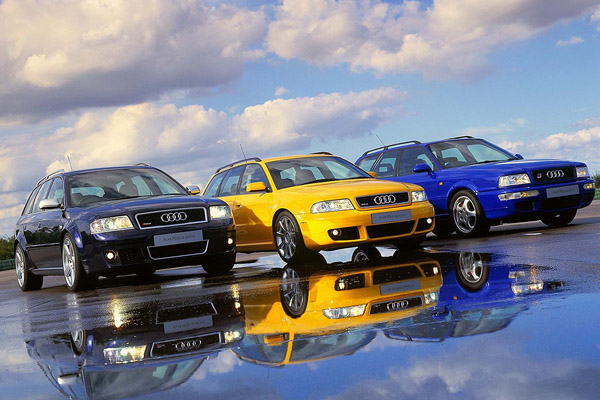
Porsche’s RS models date back to pre-911 days, with the 719 RSK racing car in 1957. It’s gone on to be closely linked to the 911’s highest performance versions however, representing the closest Porsche offers customers to a road-based racing car.
In 1973, Porsche created the Carrera RS 2.7 as a homologation model, to take it racing. The first model to wear Porsche’s famous ‘ducktail’ rear spoiler, it featured a significant amount of ‘lightweighting’, bringing the car in at less than one tonne.
Since then, Porsche has reserved its RS badge for its most special iterations of road cars. The 964 RS is going down as a modern classic, and will become a bona fide one once of age, while the 997 GT3 RS is recognised as one of Porsche’s finest 911s ever made.

Audi famously uses the RS badge, again as its flagship iteration in many of its model lines. The system kicked off with the RS2, a true ‘Q-Car’ if ever there was one. Looking largely like a standard 80 Avant estate, the subtle overhaul included a 2.2-litre five-cylinder turbocharged engine, six-speed manual gearbox, and vastly beefed-up suspension, thanks to the combined talents of Audi and Porsche’s engineers. The formula has continued from those 1994 beginnings, with the likes of the RS4 and RS6 estates still supercar-bothering load-luggers, and the RS badge has been used on everything from the A3 hatch, to the stylish TT coupe.
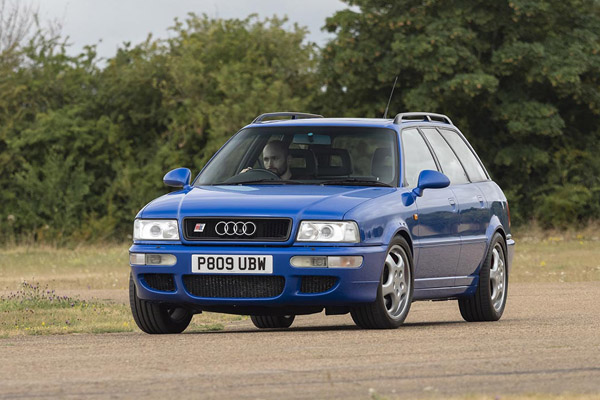
Other RS users
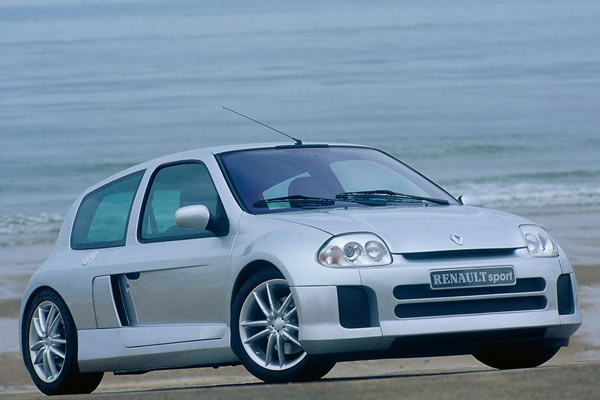
Renault has also used the RS badge – though here defined as “R.S.” – standing for Renault Sport, the French firm’s performance arm. Found on the likes of the Megane hatchback and the Clio, including the mid-engined V6 model, RS Renaults have long been regarded as some of the best models in their respective classes. Not just a case of putting a powerful engine in the bodywork somewhere, the chassis and suspension engineers usually make some superb handling cars.

Finally, it’s a little bit of a shoehorn, but Jaguar also used the RS letters, this time as “R-S”. Essentially, the R model was the high-performance example of the likes of the XK and XF, but then the Skunkworks team threw a small spanner in the works when developing an even more high-performance version. What to call it? Well, add an “-S” to the end, to indicate its extreme sportiness.
So clearly, if you’re looking to build a fast car, there’s only one way to finish everything off… add an RS badge to the back as it rolls off the production line.

COMMENT